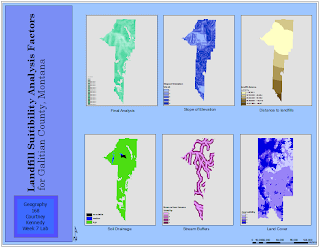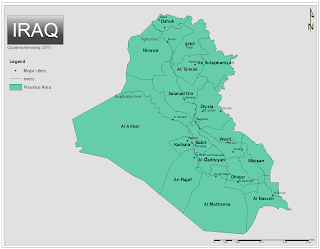
This week we had to create a fire demographics map for the Station Fire which occurred a few years ago. This map was not too difficult to make, the main challenge was finding the information. At first, I had no idea where to look for the DEM, as it seemed that most of the websites that had DEM's made you pay for them. I am assuming these are probably very high quality, and therefore you have to pay to be able to use them. However, I finally found some information on the USGS Seamless viewer, which was very helpful. I also found some information on California's FRAP website, which is the forestry department for the entire state of California. With their information on the entire state, I was able to find just enough information on the Station Fire area, and pare it down.
When working on the tutorial part of the map, I found that what I learned came in handy when creating my own map. Of course, the tutorial was much more detailed than my own map, seeing as I did not have as much detailed information on what the specific plants and vegetation types were in the area. Although, being very familiar with the area where the Station Fire occurred, it makes sense that the area burned, as there is a lot of extremely dry vegetation there most of the time. I think though, that it would have been helpful for me to have had information over time on the fuel load of the vegetation. I think that it could also be an interesting map to do, the way the fire fuel load changes over time, during the year and even year to year.
The map that I created, I wish that I had more time to add more detail to the map that they included in the tutorial, such as the historic fires, and other information that can help a fire fighter plan where new fires might occur, and what they can do to help this. I think that the biggest challenge that I had in creating this map was what little knowledge I have, when looking at the vegetation maps, what means some sort of vegetation will be a large hazard, and what types will not. Some of this information was included in the vegetation grids that I was able to find online from the FRAP website, but I was not one hundred percent sure that it was correct.



